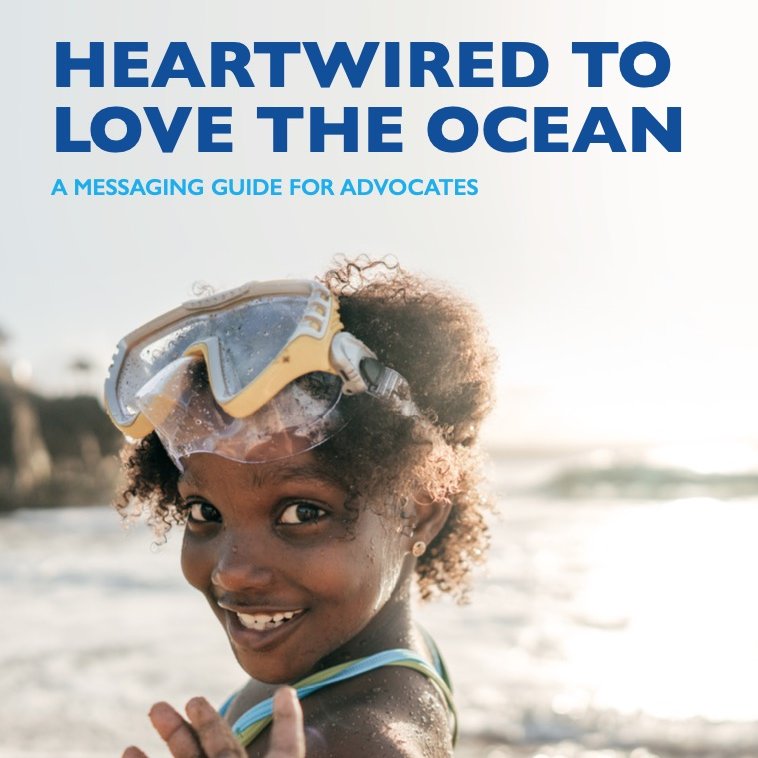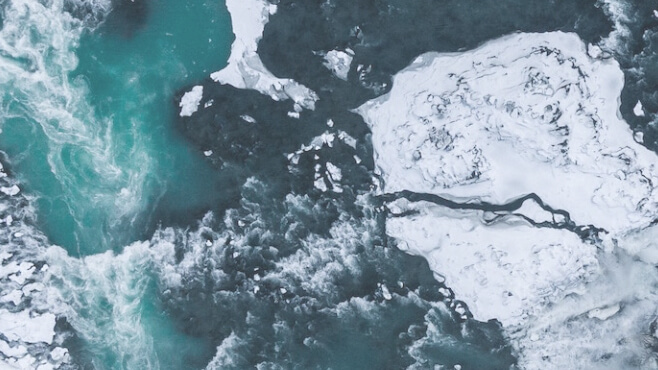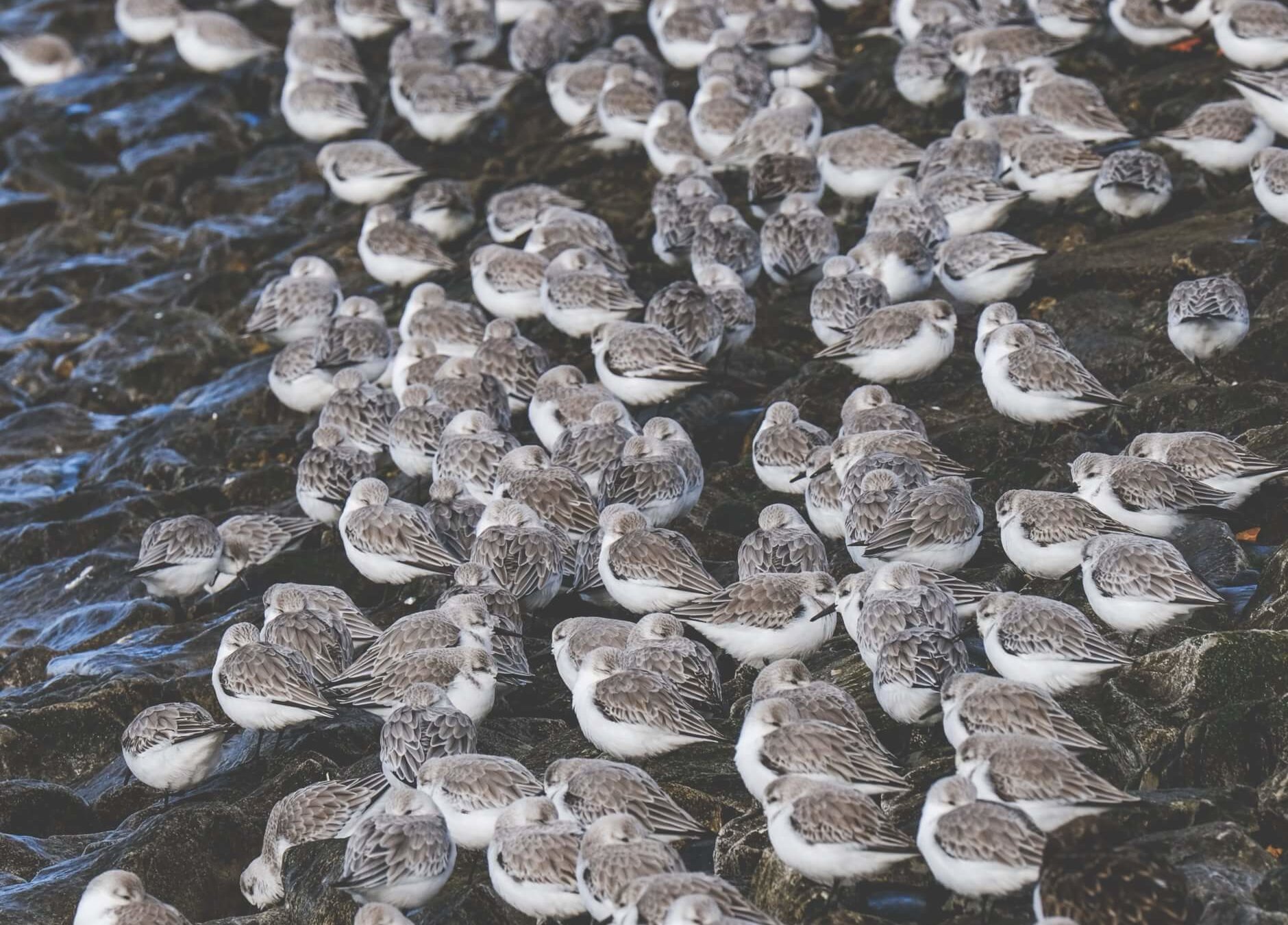The Heartwired to Love the Ocean Messaging Guide was released last year, and is the result of a multi-year collaboration to improve communications around ocean issues. The Guide is aimed at conservation advocates and activists, but contains valuable ideas and methods for scientists too. COMPASS staff served on the Ocean Messaging Project Advisory Group that helped develop the Guide, and we’re eager to help share this resource.
We teamed up with a Senior Research Director at Goodwin Simon Strategic Research, to offer two free virtual workshops for ocean scientists. The 90-minute workshops provided an overview of the Message Box and Heartwired to Love the Ocean Messaging Guide, and how these two approaches can be used together to increase the effectiveness of your ocean science communication efforts.
John was one of the leaders on this project, and kindly answered some further questions about how the Heartwired to Love the Ocean Messaging Guide came to be.
How was the guide developed?
We started with a lot of stakeholder interviews about the current state of communications in the ocean conservation movement. It quickly became clear that a lot of people had insight into the what and the why of things being communicated, though everyone also seemed to know that communications weren’t as effective as they could be. But when you’re in the middle of doing them, it’s hard to stop and think about approaching them from a different perspective.
In addition, there were lots of nuances, not just on the policy side but also the scientific side, that were critical for us to understand so that we wouldn’t be making communications recommendations in a vacuum. We didn’t want to recommend things that wouldn’t make sense from a policy perspective. Because of that, we were really thoughtful about creating an advisory group for this project. We looked for people who weren’t always the usual suspects, people at organizations representing different audiences and a range of thinking, from different parts of the country. That really drove the composition, in addition to having policy and communications expertise.
What surprised you about the process?
One of the biggest surprises for us, was the degree to which underrepresented populations have been left out of the ocean conservation movement, and how deeply ingrained that has been. This showed up at two different levels. One is the focus on conservation being about wildlife and wilderness, with stories and images that are devoid of people. ‘Nature is here and people are over there’ and ‘Nature is to be kept pristine.’ Minimal impact, John-Muir-inspired stuff.
And then the other way it shows up, is that if people were included at all, they were white, upper-class hikers or naturalists. People of color weren’t included as users of the ocean in ways that were impactful. But there are a lot of different ways that people experience the ocean—like the beach experience. People don’t necessarily think of that as being the ocean, but there are a lot of people who are having that experience and value it.
What has reception been like?People have appreciated that this has broad applicability, and is a foundation for how to think about communications more generally. A Heartwired approach can be used in a lot of ways and once you get people into that space, it feels very intuitive.
It’s easy, when you’re working on ecosystems and policy processes, to lose sight of your personal connections to the ocean, maybe from when you were a kid or with your family. As we’ve been leading trainings on how to use this resource, we’ve been helping people personally get back to their connections to the ocean, beyond their professional roles. We’ve seen when we ask people doing ocean conservation work to think about that, they remember that they do have those personal experiences, but they needed to be reminded.



